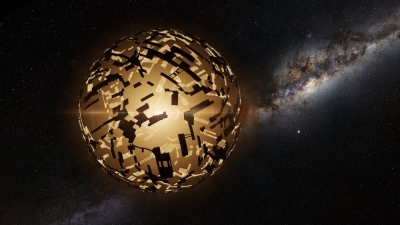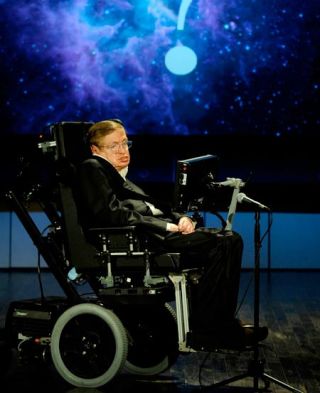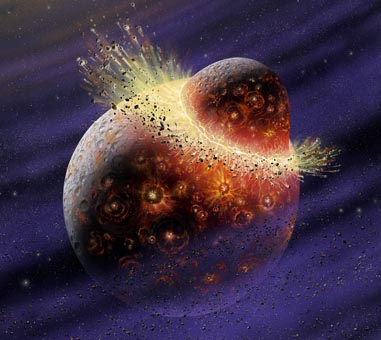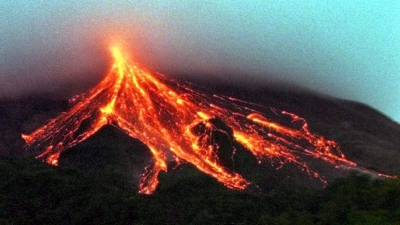Who came up with the idea of a Dyson Sphere?

Freeman Dyson may be gone, but his famous alien-hunting idea will likely persist far into the future.
Dyson, a quantum physicist who died at age 96 on Feb. 28, recalled in a 2003 interview just how he first advanced his concept of a "Dyson sphere," which could betray the existence of an advanced alien civilization.
A Dyson sphere is a theoretical mega-engineering project that encircles a star with platforms orbiting in tight formation. It is the ultimate solution for living space and energy production, providing its creators ample surface area for habitation and the ability to capture every bit of solar radiation emanating from their central star
Because of their infrared radiation, Dyson spheres are considered a type of technosignature — a sign of activity that distant astronomers could use to infer the existence of intelligent beings in the universe, according to a NASA report. A handful of Earth-based researchers have scanned infrared maps of the night sky in hopes of spotting Dyson spheres, but so far, nobody has seen anything out of the ordinary.
In 2015, astronomer Tabetha Boyajian, then at Yale University, reported on the mysterious dimming of light from a star called KIC 8462852, whose irregular flickering looked like nothing researchers had ever seen before. Other scholars suggested the weird light dips could result from a partially built Dyson sphere, and the idea caused a media sensation. Campaigns to look for other signs of technological activity from the entity, which came to be known as Tabby's star in honor of Boyajian, have turned up empty, and most researchers now think the object's light patterns have some kind of nonalien explanation.
Picture Credit : Google













